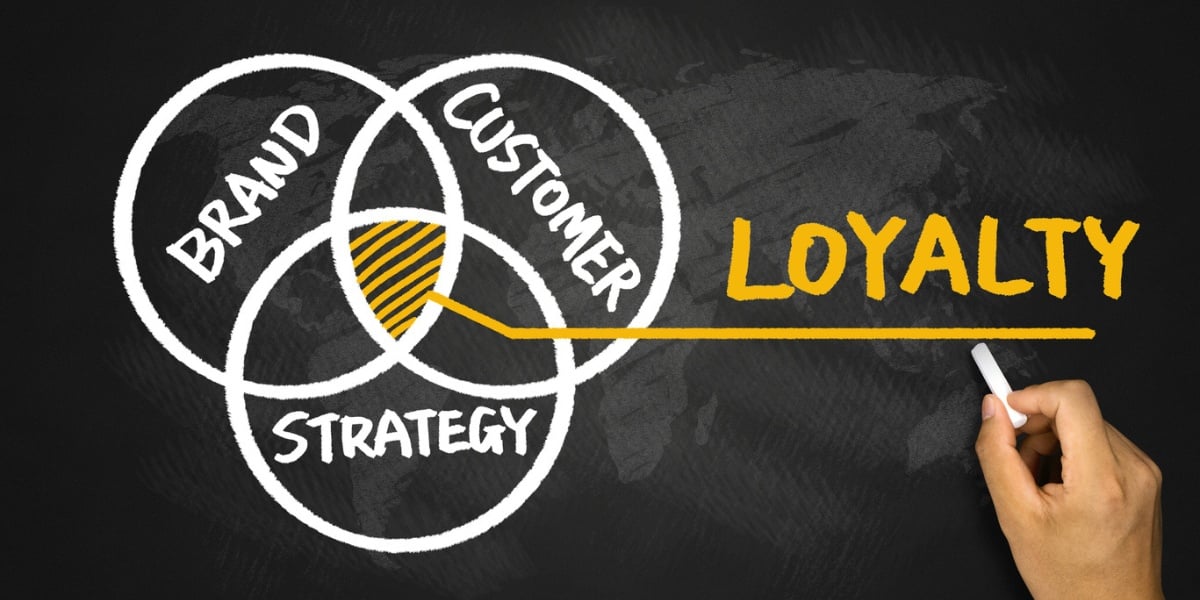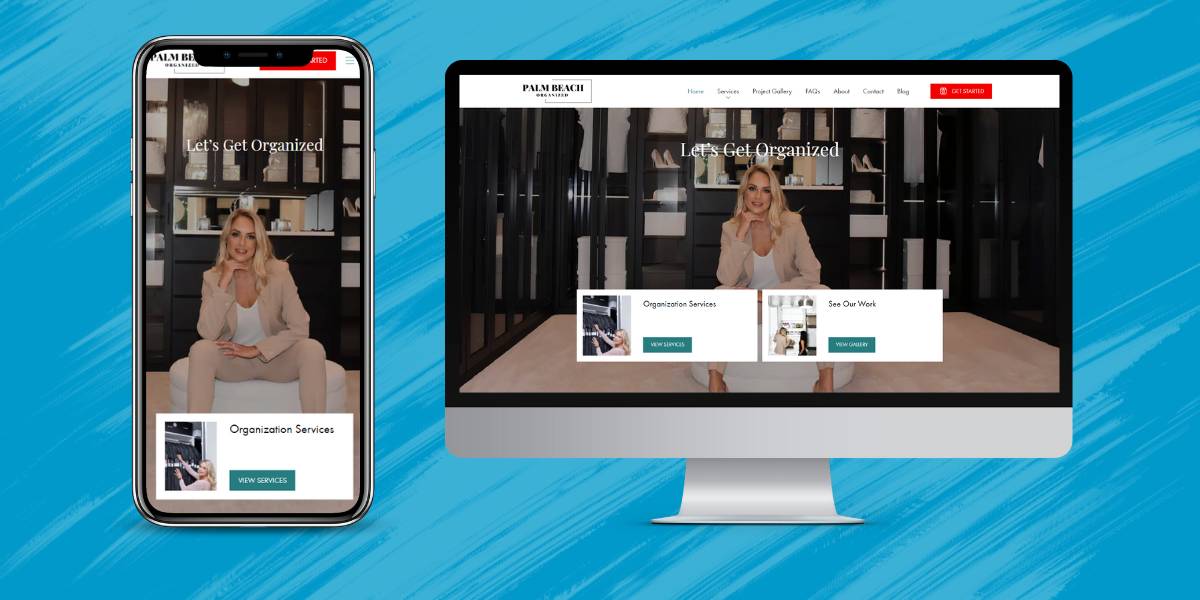EdgeRank is a fancy algorithm that Facebook uses to decide what content to distribute to users’ news feeds This is a very important concept and if you happen to be a community manager, you should definitely educate yourself on the inner workings of Edgerank. Until recently, Edgerank was influenced by 3 major factors; affinity, weight and time decay. According to EdgeRankChecker, Facebook has made a recent change to the algorithm which increases the importance of Negative Feedback. I personally think that this addition makes perfect sense and will make EdgeRank a more thorough algorithm.
Before we dive into Negative Feedback, let’s briefly refresh ourselves on the original factors that make up EdgeRank:
- Affinity – Affinity is the prior interaction with a page’s posts. If a user engages with a lot of content from a particular page, they will see the page’s content more often. This also includes other people’s reactions to a content piece. If many people engage with a content piece, it is more likely to show up in another user’s timeline.
- Weight – Weight is based on previous interaction with posts of the same type. For instance, if a person usually engages with photos, they will be shown more photos.
- Time Decay – Time decay is essentially how recent the content is. Facebook always wants to provide users with the most recent and relevant content, so an older content piece is less likely to be shown.
Now that we recall the basics of EdgeRank, let’s take a look at Facebook’s newest tweak to the formula, Negative Feedback. Facebook defines Negative Feedback as any time that a user hides a content piece, hides all content from a page, reports content as spam or unlikes a page. In simpler terms, Negative Feedback is any clickable negative engagement action that a user can take with a page or its content. This is very important to note because while we all like to think of engagement as a positive thing, it appears that negative engagement does exist and could be detrimental to your page.
EdgerRankChecker did a very thorough study of over 5,000 Facebook pages and found that the average Negative Feedback per post is roughly 0.03%. It looks like every page will experience some kind of negative feedback, but it looks like Facebook users are pretty forgiving when it comes to expressing negative feedback. Based on EdgeRankChecker’s study, 76% of users express negative feedback by hiding a page’s post rather than unliking the page altogether. Here is the full breakdown of how users in their study reported Negative Feedback:
- Hide Post – 76%
- Hide All Posts – 16%
- Report as Spam – 8%
- Unlike Page – 1%
It’s comforting to know that users would rather hide a single post or all posts from a page instead of clicking the dreaded unlike button. The more Negative Feedback your content gets, the less likely people will see it. It is VERY important to always be listening to your community and trying to provide them with the most relevant content possible. If you don’t give them what they want, they will begin tuning you out.
How do you plan on avoiding being penalized by Negative Feedback?




